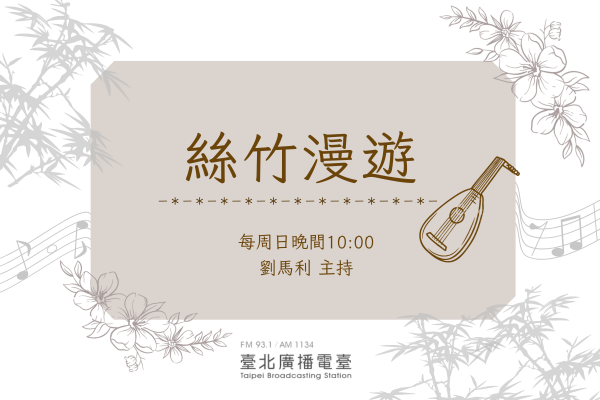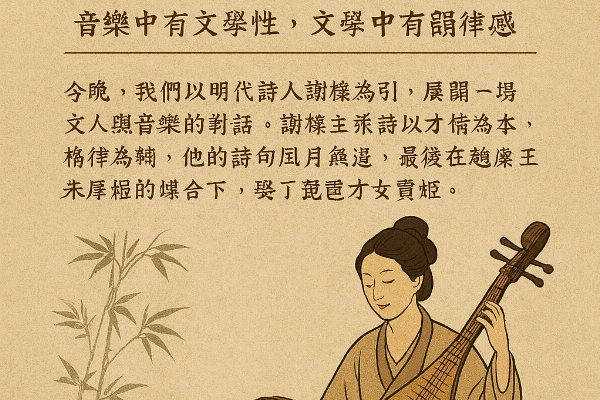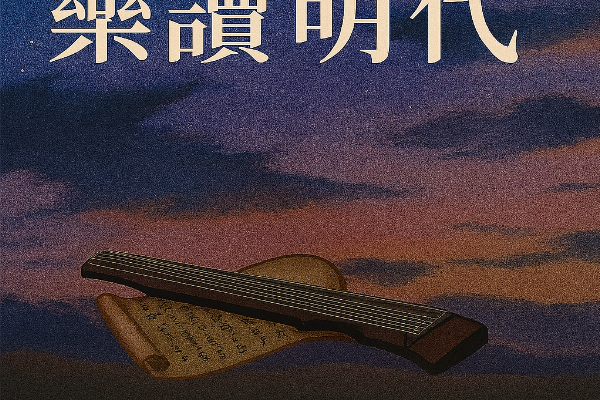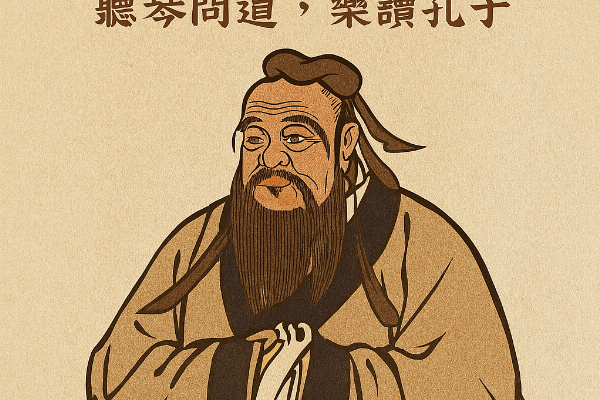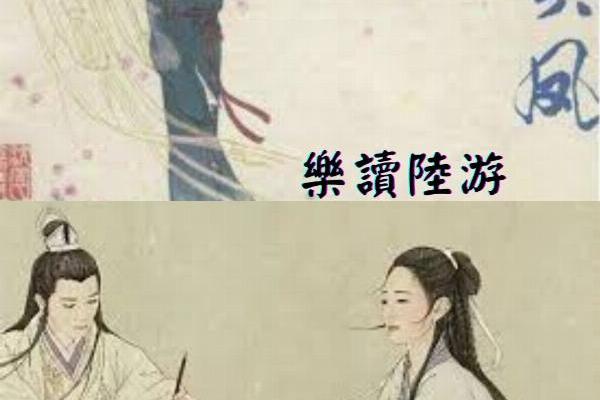
::::::
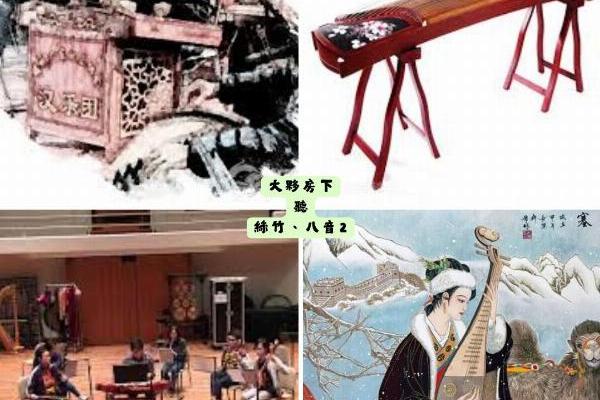

絲竹漫遊
主持人劉馬利

本集內容
0413 絲竹文學地景—西廂詞 大夥房下聽的絲竹、八音之2
客家族群,兩千年前的「五胡亂華」就離開中原,開始顛沛流離的生活,在他鄉「圍族而居」,在農忙後的傍晚,在大夥房下賞月談天已成為客家人生活的習慣之一, (「大夥房」指客家人群居之地,亦稱「伙房」,有三合院及四合院,呈ㄈ字型或ㄇ字型)。
本集節目從王昭君的故事出發,再介紹《昭君怨》客家箏樂與廣東音樂的版本,以及《昭君出塞》。之後再介紹其他種類的廣東漢樂,像是漢樂大鑼鼓、中軍班音樂,以及瞿春泉《新編大埔調》,前後呼應嶺南三大樂種: 廣東漢樂和廣東音樂、潮州音樂,各自展現出古樸大方、典雅優美的聲響美感。
大夥房下聽的絲竹、八音,其實就是客家漢樂。客家群體多年來在語言、生活習俗與藝術表達上積累出來的一種獨特音樂傳統。客家人是廣東地區的重要組成人口,其南遷歷程與中原文化的傳入密切相關,使得客家音樂在某些旋律、調式與演奏風格上與廣東漢樂有著共同的源流和相似之處。另一方面,客家音樂的樸實優美的表達方式,也在一定程度上與廣東音樂中反映民間生活和情感的曲目交織、互補。
本集曲目
1. 昭君怨(古箏)
2. 昭君怨 (廣東音樂)
3. 漢宮秋月 (廣東音樂)
4. 漢樂大鑼鼓:《鬧元宵》
5. 廟堂音樂:《朝天子》(中軍班音樂)
6. 瞿春泉《新編大埔調》(客家人迎娶時所吹奏的曲調)
小單元【Let's listen to and enjoy】
"Zhao Jun Yuan" (昭君怨) is a renowned Chinese traditional music piece. In Hakka music, this piece is beautifully rendered as a zheng (Chinese zither) piece. The Hakka zheng version emphasizes emotional expression, employing intricate finger techniques and fluid melodies to vividly convey the sorrow and longing of Wang Zhaojun, the story’s central figure. This adaptation not only reflects the delicate artistry of Hakka music but also showcases its ability to encapsulate deep historical and emotional themes, making it a treasured part of Hakka cultural heritage.
"Zhao Jun Yuan" also holds a notable place in Guangdong music. This version utilizes instruments such as erhu, pipa, and yangqin, adding rhythmic elegance and distinctive melodic phrasing. The Guangdong music interpretation blends the refined essence of traditional music with local characteristics, enhancing its emotional depth and resonance. Together, these regional adaptations illustrate how "Zhao Jun Yuan" transcends its origins, taking on new life and meaning in diverse musical traditions while preserving its core narrative and emotional power.
1. 昭君怨(客家箏樂) 2. 昭君怨 (廣東音樂) 3. 漢宮秋月 (廣東音樂) 4. 漢樂大鑼鼓:《鬧元宵》 5. 廟堂音樂:《朝天子》 (中軍班音樂) 6. 瞿春泉《新編大埔調》 (客家人迎娶時所吹奏的曲調)
LIVE
